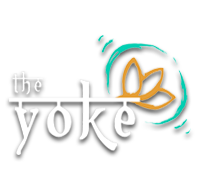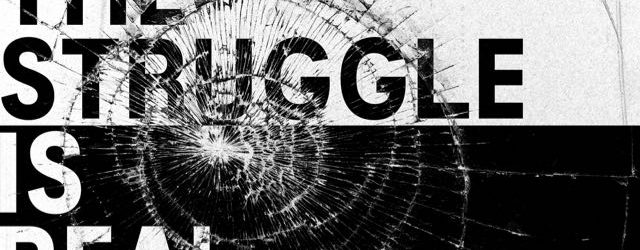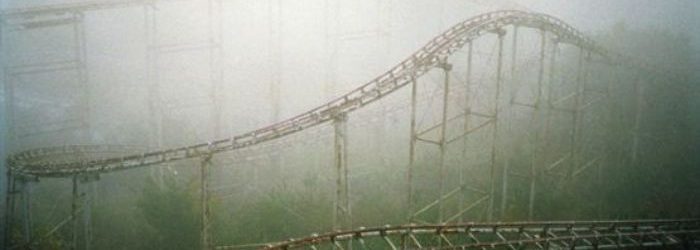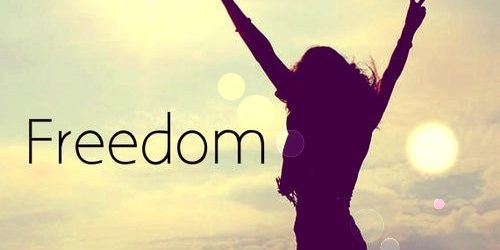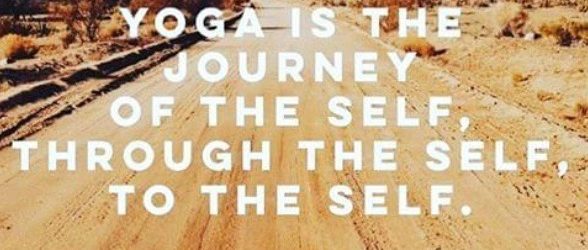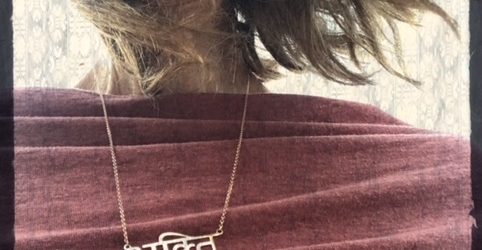by LauraLynn Jansen
Fog lifts off the Up Northlake revealing my aunt Janice sitting cross-legged at the end of the dock. Her long blonde hair lies on her relaxed shoulders, as her head rests perfectly on top of her completely upright trunk. I register not a single movement of her body, as I creep quietly cross the dew-draped grass. Each soggy step toward her my gaze fixates to see if she moves. I followed her here after footsteps passed my head nestled into a black and white art deco sleeping bag. All the kids sleep on the lake house’s living room floor. While the adults claim the two small bedrooms and pull out couch bed. Awoken by the quiet creep I become curious of where she was going, when the sun has barely light the sky. I arise from my resting place, once she has stepped outside. My yellow cotton summer pajamas, with little white flowers, hold in my body warmth as I head out into northern Wisconsin summer morning. As I wipe the morning crusties from my eyes I span the surrounding woods for her, eventually they land one her silhouette down by the water. What is she doing perched on the lake dock so early in the morning before anyone is awake?
I walk close enough to observe without being heard. She just keeps sitting there, no movement, so I creep closer in case I am missing something. Still no movement, I wait. Occasionally my gaze shifts from her to the sky as it lightens with the day’s start. A noise from the woods quickly draws my head to see if a deer of a bear is rustling about before redirecting my gaze again on my aunt. Finally she stirs and stands after taking a deep bow. I turn and run back up the hill to the house, throw open the screen door, slip into the door in hopes of not waking anyone else, and slide back into my sleeping bag pretending to be asleep when she returns.
This image of her peacefulness still remains in my mind’s eye. I remember thinking about her often as a child and wondering about her quiet rituals. I always admired her peaceful nature and knew one day I wanted to possess what she had.
********
Somewhere around two decades later, I sit on a well-worn mattress upon a wooden bed frame. The smell of dried clay permeates the room where my friend’s father, a sculptor, has spent many hours shaping images out of earthen materials. This room is my temporary sanctuary. It is where I allow many hours of lip silence to pass as I explore thought wormholes and mind trappings, a.k.a. I am learning to “meditate.”
I find inner passages where I begin to learn about myself. I am beyond any frontier previously known to me within these moments of deeply focused concentration.
I discover how my being goes from silence to cacophony within the flash of a moment.
I learn I am way more than the shell of my body…
and for this I am deeply relieved.
I use concentration practices, also known as pratyhara, to get me through the painful hours of having a needle pumping toxic chemicals into my body. These hours of medical treatment aim to rid my cells of a disease that has overtaken the upper part of my physical body. Later when I am alone in the potter studio, post chemo infusion, I use the quiet alone moments to explore the deeper inner passage I am discovering. I visit this place and uncover ways to remain calm amidst the fact I feel absolutely horrible and may be dying. I am learning yogic practices of the mind and soul.
I am unknowingly finding my way onto a path that will serve the rest of my life.
********
Fast forward almost another decade, I am sitting on a gym floor waiting for my first asāna class at San Francisco State University to begin. This is my fifth and final college, for the completion of my undergraduate degree. I’ve finally decided (after changing somewhere near nine times) on a major in Women’s Studies with an emphasis in health. A gentle-man with long, gray hair enters the large space where we all sit in one corner on top of blankets (yoga mats were just coming onto the scene and still quite expensive).
My first official asāna practice led by Mr. Lar Caughlan, in the early 90s, became the next layer of my pursuit of the path of Yoga. Once my class with Lar ended I sought out asāna classes across the city of San Francisco dappling into – Ashtanga, pure Iyengar, Integral Yoga styles plus a few others. I was beginning to embrace and learn yet another branch of the yogic tree.
********
Fast forward to 1999, the sun has yet to rise and I sit with other students, from all over the world, in new white outfits. A banana leaf is cupped in my hands holding a traditional offering of fruit, symbolic items of devotion and a small monetary donation. I am partaking in a day long ritual where I am being initiated into a mantra from the Sivananda lineage. Around us the surrounding jungle of Southern India is awakening – birds calling to each other, lions stir across the lake, and the large green leaves in the trees above us rustle slightly. I am living on an ashram; a spur of the moment decision amongst the loose plans of travel through Nepal and India. (Intrigued? Obtain more info. about this decision in my memoir.) Today I will receive a mantra to be used the rest of my life as a prayer for my cultivation within and as a blessing to the world without me. This day takes me further into the discovery of all Yoga truly is. At the end of this month of deep study I will be a certified Yoga teacher. At this moment I believe this is exploration is just about personal growth and nothing more. I have no idea if I will ever teach.
********
I do teach. I’m actually offered an opportunity to do so the moment I return to the states. My first experience melds all my worlds as I offer what I know of this thing called Yogato individuals surviving and actively being treated for cancers of all types.
The next decade and a half is filled with multiple teaching venues and a wide range of students from those facing threatening illnesses to youth living in uncertain situations to military members.
I still have so many questions when I hear of new forms of “yoga” emerging.
I feel/hear inquiries within myself still emerging to understand what Yoga is.
I waiver between my confidence in knowing Yoga and then thinking I know nothing.
There is a continual cultivation of my own teaching style, while I discover other forms of Yogasāna. I add to my repertoire of comprehension and skill through the study and practice of Anusara, Yin, and Restorative asāna styles, along with classes on aerial hammocks, in and on the water (aqua and stand up paddleboard). I teach across the country and even venture into opening a studio where I teach amongst the multiple elements of earth, air and water.
This year I came back to India, this time to the north. A deepening of Yoga’s vastness continues through the ancient practices known as nāda Yoga (sound and vibration based practice). This trip is amidst my third year of deep focus into Sanskrit, mantra and other sound-based practices. Post this second two hundred training and after thirty years post encountering the practices of this vast world called Yoga… finally I beginning to feel like I am getting a grip on what it means to live these ancient ways in this modern life. I finally feel comfortable, saying out loud, I am a Yoga teacher.
NOTE: This post is an adaptation and update to a prior post done on this blog many years back…
